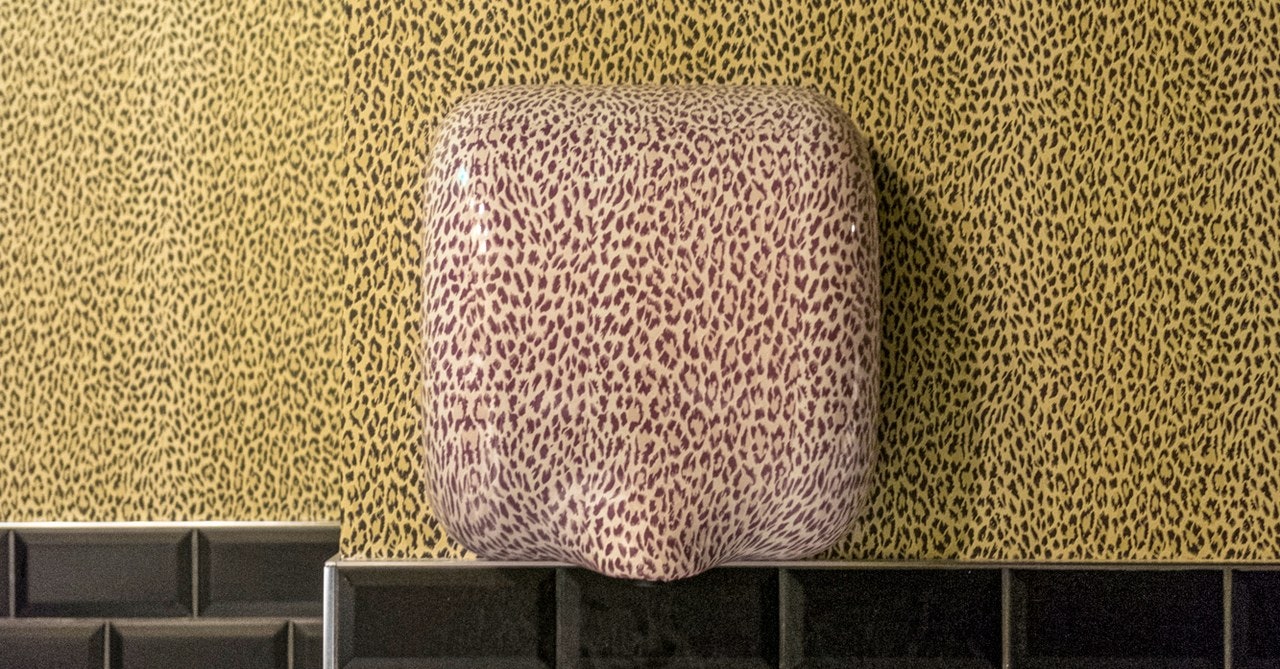Consider the humble electric hand dryer. First introduced in the 1920s, the contraption was advertised as a cheaper, more sanitary alternative to towels. Today, hand dryers are an $800 million industry and have become ubiquitous fixtures in restrooms around the world, despite lingering controversy over whether they’re as hygienic as paper towels—a dispute given new relevance by the global spread of Covid-19. Contentious and often seemingly ineffective, hand dryers have become a virtually invisible part of everyday life.
“They’re something you rely on and expect, but don’t ever recall,” says English photographer Samuel Ryde. “They’re only remarkable in their lack of remarkableness.” Ryde wants to change that. He began photographing hand dryers in 2012, and in 2014 he launched an Instagram page that now contains over 1,000 photographs shot in 17 countries. Next month, his book of hand dryer photography will be released in the US, complete with a foreword by James Dyson—inventor of the eponymous Airblade hand dryer.
Ryde has documented dozens of varieties of hand dryers ranging from the utilitarian to the deluxe, in locations ranging from Brooklyn div

